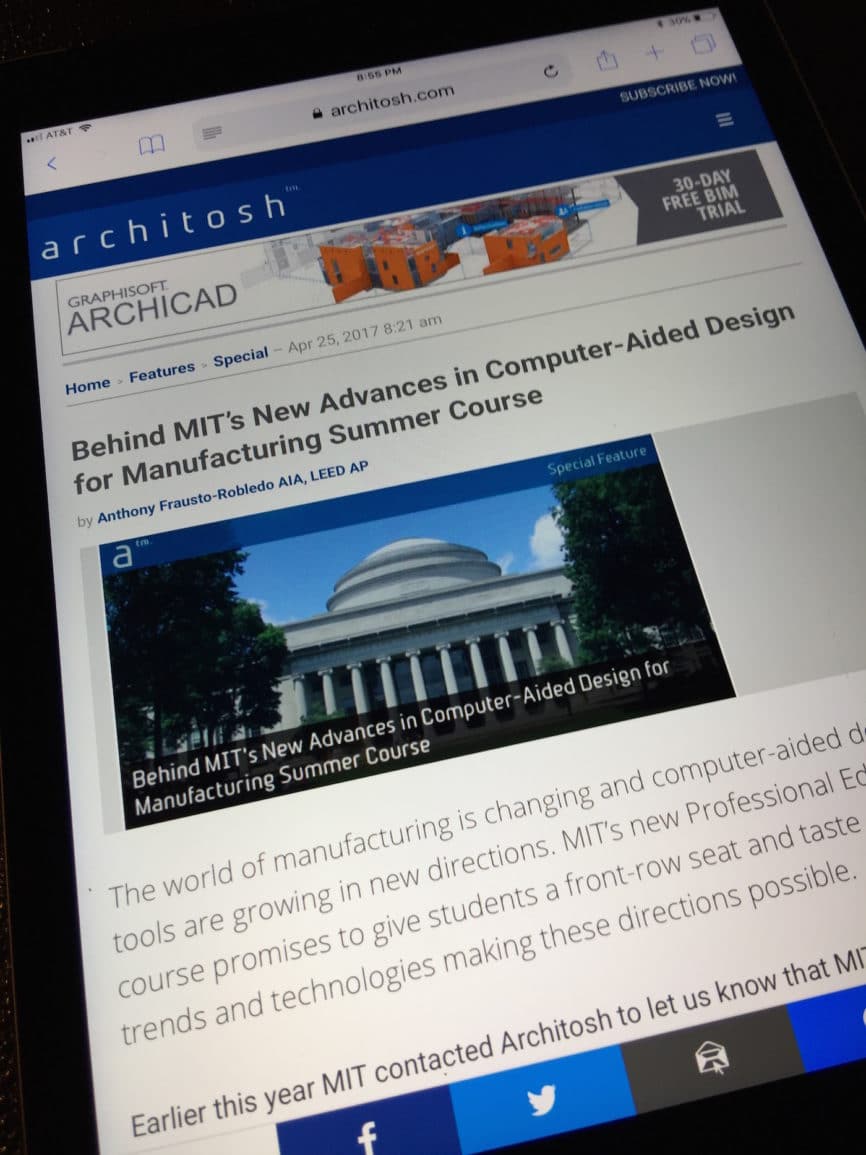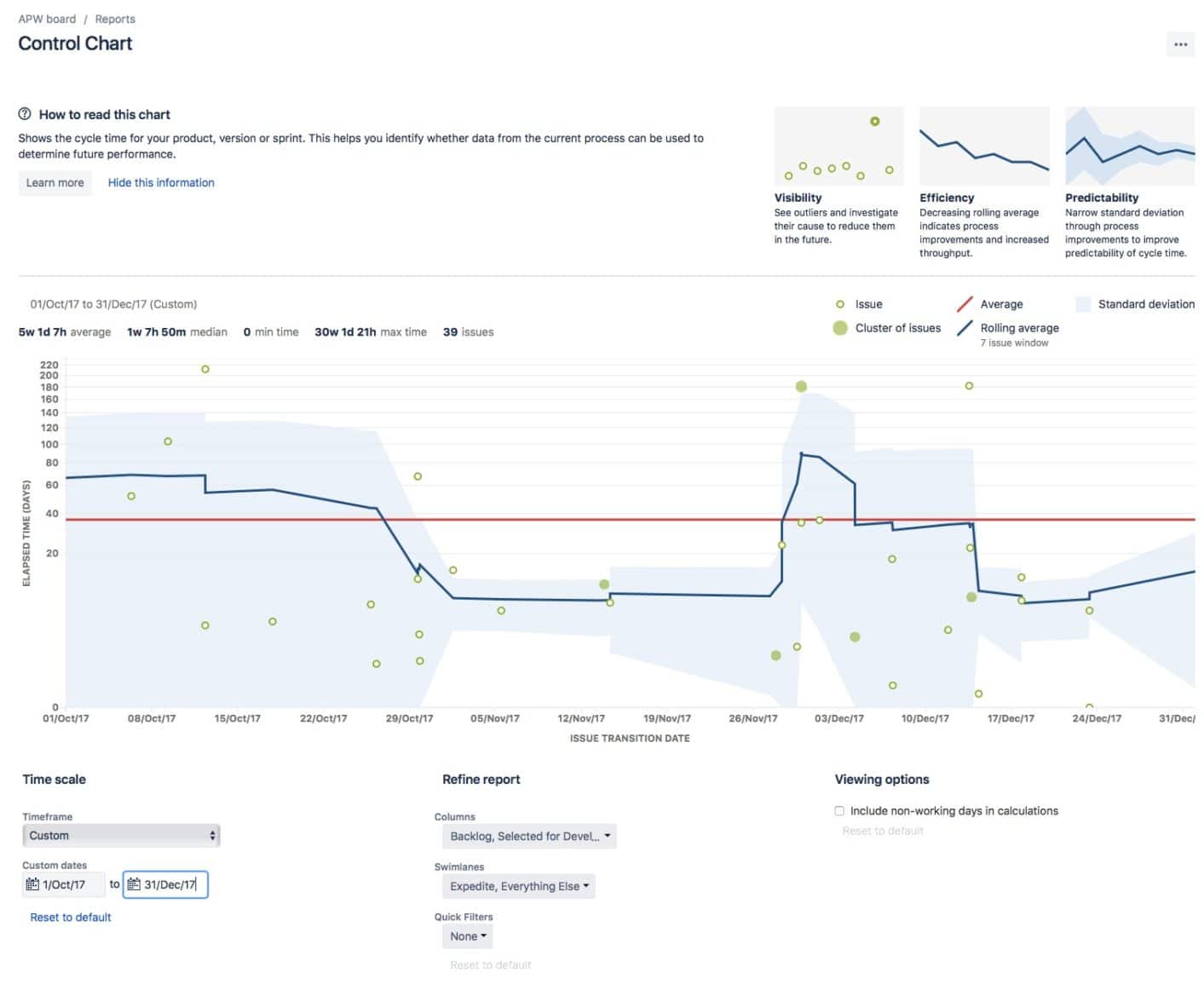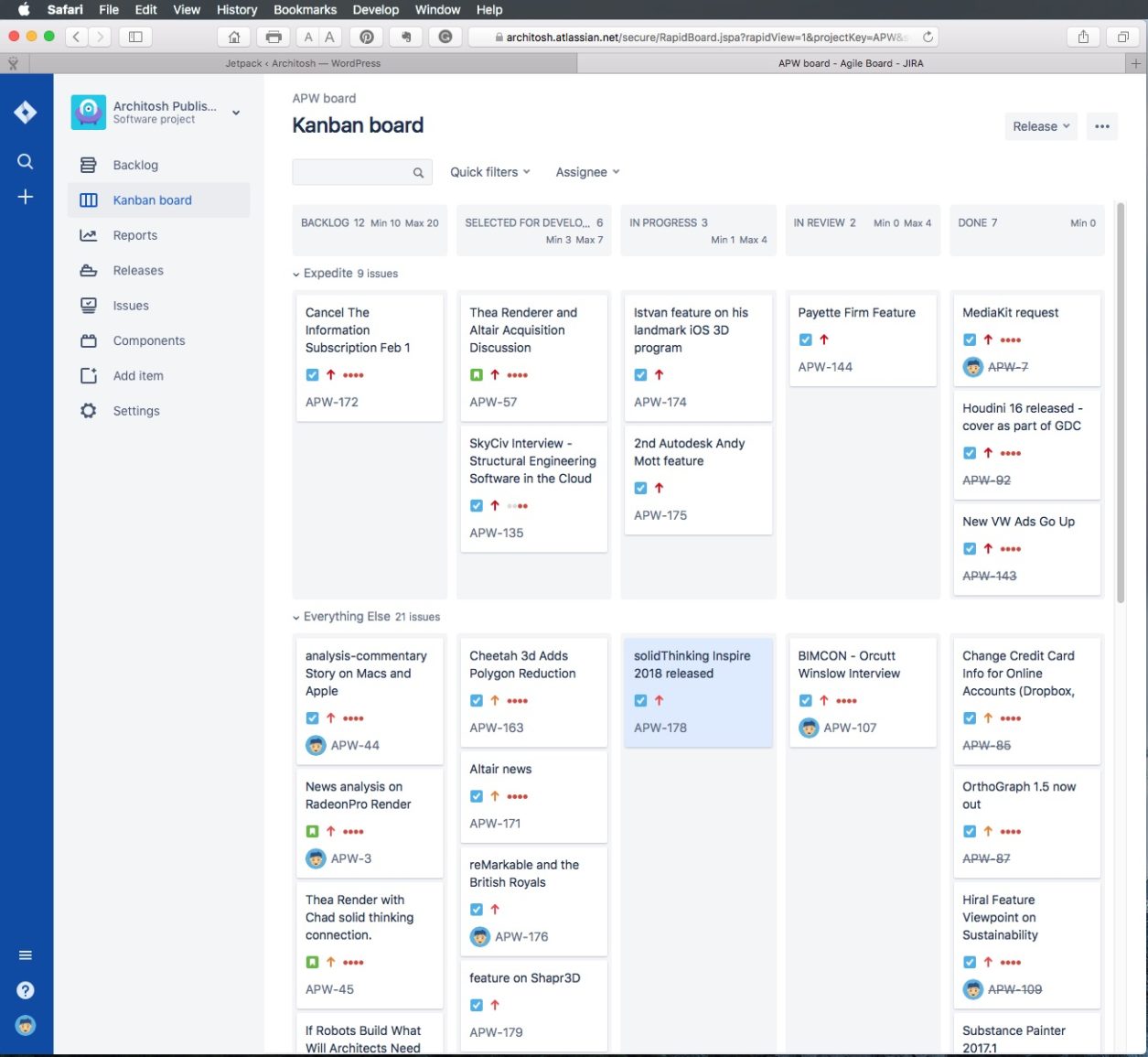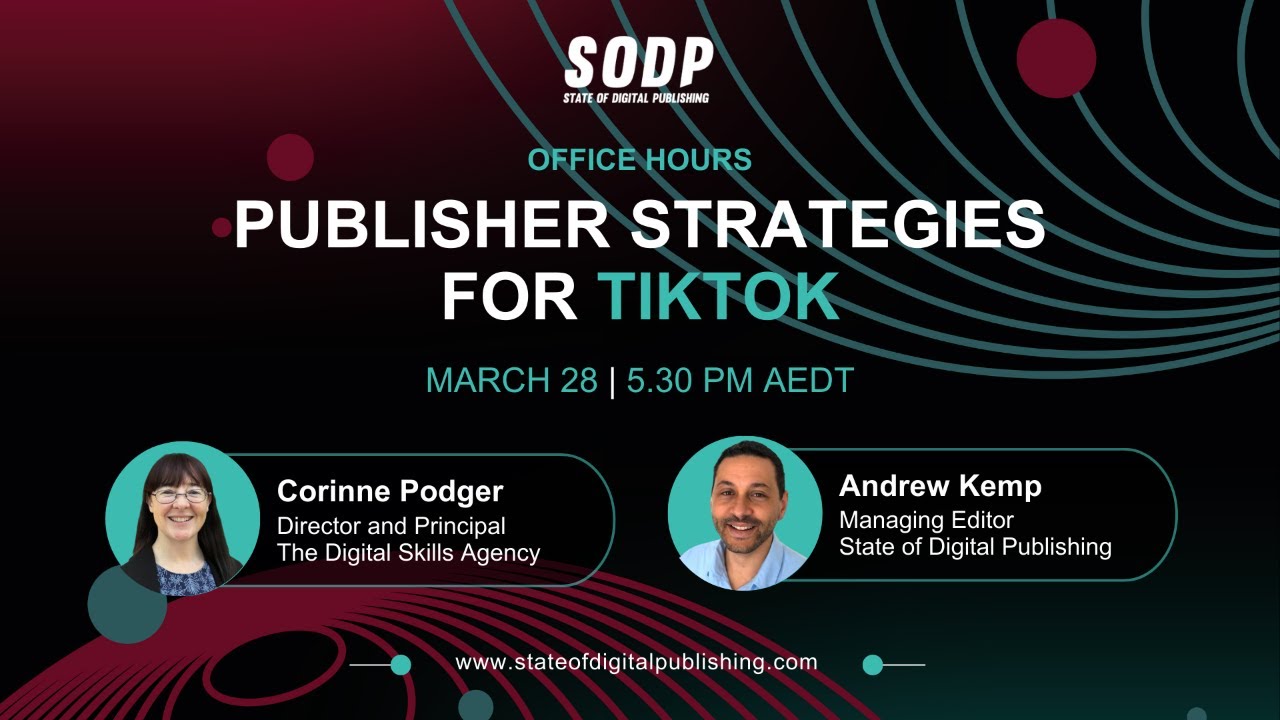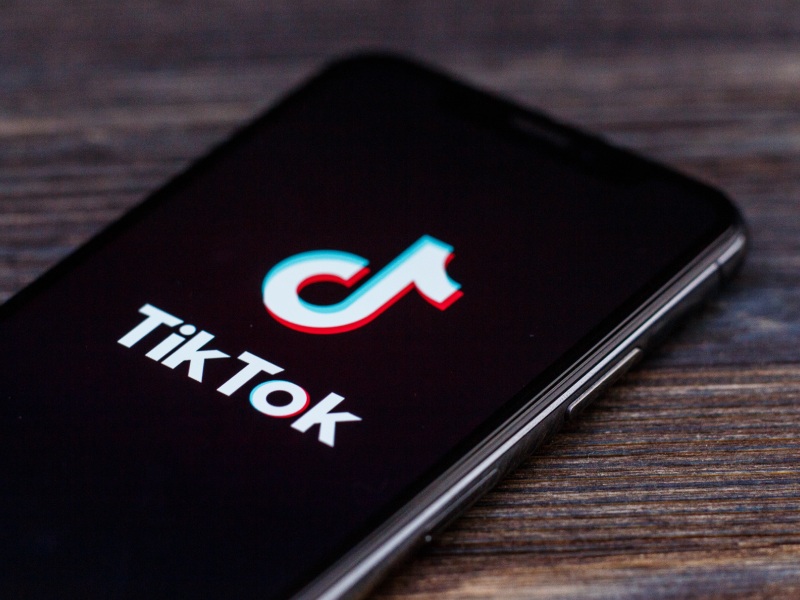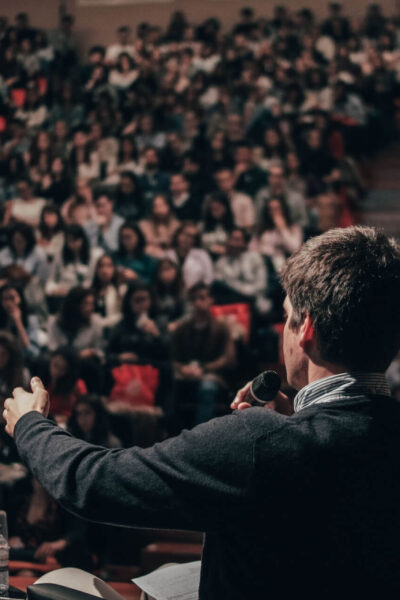Anthony Frausto-Robledo is the Founder, Publisher, and Editor-in-Chief at Architosh.
What led you to start working in digital/media publishing?
I came into digital publishing quite by accident. I’m an architect, and back in the late 1990s, there was a lot of concern by architects like me who were working on the Apple Mac platform that we would have to abandon the Mac and work on PCs due to a lack of software. I created Architosh on the suggestion of a work colleague to prove to the world that there were, indeed, great Mac software tools available for architects.
I began by creating extensive Mac applications lists in CAD, 3D, and AEC software tools. I then published the news of Architosh’s existence to Guy Kawasaki’s famous Mac Evangelistas newsletter. Guy was accommodating and spread the news, and the site exploded nearly overnight. The first thing that folks started to say was “you should write reviews and news articles.” So hesitantly did, and that began my journey into technology journalism.
What does a typical day look like for you?
A lot of people are surprised to hear, given Architosh’s size among CAD industry online publications, that I practice architecture along with journalism. It is demanding week to week, I will give you that, but I wouldn’t have it any other way; the two mutually feed each other, providing me leading-edge information for practice, while practice gives me an “in the trenches” viewpoint about the tools we write about on Architosh.
As for a typical day? It’s hard to say there is one. I like writing early in the morning hours when it’s quiet and distraction-free. I conduct interviews across the Atlantic often at that time or handle Silicon Valley communication in the evenings. Architectural practice happens in the mid-section of daily life. It works; writers are positioned from India to California to move the site along when I’m busy with architecture.
What’s your work setup look like? (your apps, productivity tools, etc.)
Like most online publications, custom WordPress is our CMS. I rely on Evernote extensively and couldn’t live without it — I organize all research and writing there. For publication workflow sequencing we use Jira Software by Atlassian because the kanban board provides us an “agile” workflow with the control chart report we need for efficiency and predictability insight.
Other key applications include Adobe Photoshop and Fireworks along with Apple Keynote, all for graphics work on the site. Most of the site is written and produced on the Mac but the PC plays a role as well.
What do you do to get inspired?
I love this question. I read! Reading great online content gets me pumped to write myself. My favorite online pubs are MIT Technology Review, The Economist, World Economic Forum, and Financial Times. Most of my favorite pubs are ones that have digital subscriptions, and their content is special for one reason or another. That inspires me to make sure Architosh is creating unique and valuable content that stands out from the competition in the CAD/3D space.
What’s your favorite piece of writing or quote?
At the moment my favorite written piece is the book “DEEP Work: Rules for Success in a Distracted World,” by Cal Newport. It speaks to the connection that “concentration and focus” have to “value-creation” in our present global economy. It correctly recognizes that fewer and fewer people can do deep concentrated work anymore; we all live in a distracted digital world now. But here is the rub — all the major value-generation coming from innovation is being done by people who can do deep work.
So this too inspires me. It inspires me to create a super lean publication pipeline that is as distraction-free as possible, and it affects my thinking about the digital tools evolving in the AEC industry as well, where practice is already disjointed.
What is the most interesting/innovative thing you have seen on another outlet other than your own?
MIT Technology Review’s topically themed Business Reports initially caught my interests a few years ago. I loved the idea of a themed, high-level publication inside of a publication. That influenced my thinking about the new Architosh INSIDER Reports we have begun to launch.
These days, the most interesting thing on my radar is how sites are making paywalls work successfully for both reader and publisher. We’ve all been spoiled by the free web, but in the past, if we wanted to read that much-varied content, you would need to live at the public library. Being dislocated from where you wanted to be was the price you paid for not subscribing. Today people want to read wherever they are on any device, but that’s an incredible liberty compared to the past. Recognizing that, some publications have crafted ideal mobile reading experiences and made that available only to subscribers.
Content from our partners
What’s the passionate problem you are tackling at the moment?
Architosh began its life more as a user-friendly online guide. We are bringing that focus back to the site and will be adding additional help and tutorial features. The disciplines and tools we cover are complex and so providing education and direct help is a new focus going forward. At the same time, we have also focused on increasing readership in emerging markets. And lastly, we are determined to advance our reputation for quality, neutrality, and accurate journalism.
This last focus is significant to us. In the current era, journalists are under attack due to misplaced political thinking, creating a skeptical, anti-expert, anti-scientific, and identity-driven political public. In the B2B context, momentum building in distrust slows at best and stagnates at worse the business selection and buying cycle. That’s poor news for advertisers. So advertisers too must realize they play a part in trust in journalism, and many of the trends of the past have subtly contributed to the atmosphere we all live in today.
So we are tackling this challenge by strengthening our trust with our readers by heading back to clear and fundamental relationships between all parties engaged with the publication. We have never done “advertorials” for example because they are anything but a clear example of a relationship between reader, publisher, and advertiser. By making our publication partially reader-funded through a subscription base, our readership and the public comes to understand that there is less influence from our advertisers on our editorial. This increases trust.
Do you have any advice for ambitious digital publishing and media professionals who are just starting out?
Choose to write about things you love and care about and don’t be afraid of asking your readers to directly pay for that content. When readers pay directly for content, they know that your publication is primarily beholden to them. That’s one of the ways journalism fights back against those who see ethical journalism as their enemy.



